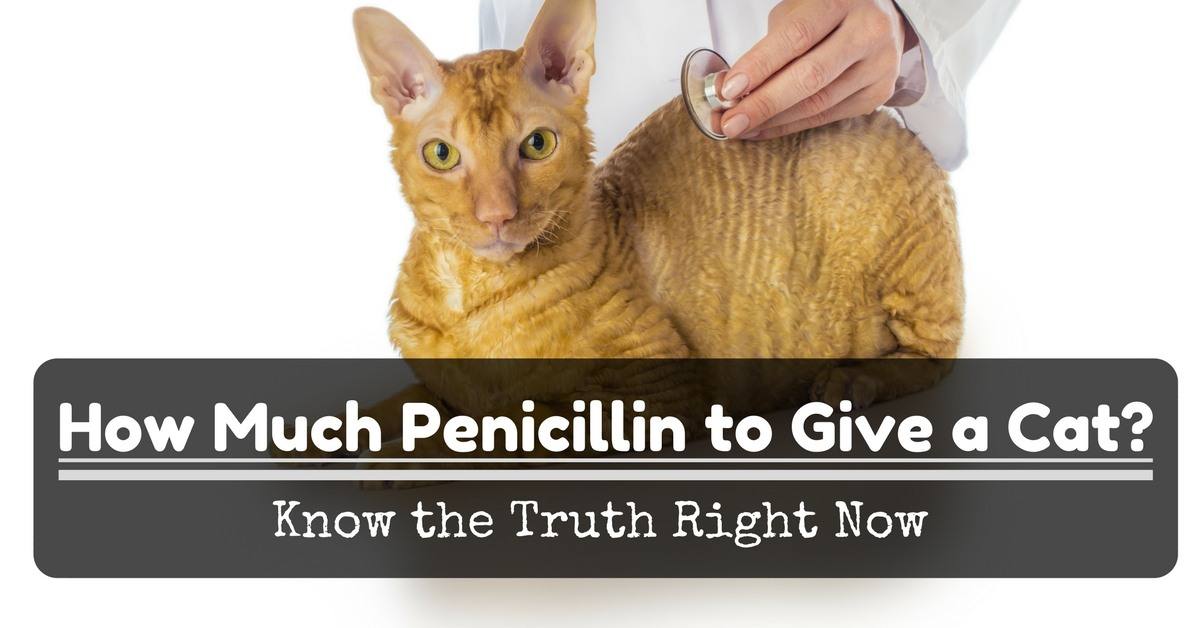Cats are good at hiding their pains when it comes to their physical and biological health. However, there are certain noticeable signs which are good indicators of the extent of their poor or deteriorating health conditions. The health problems referred above might be caused due to bacterial infection, viral attack, or a certain fungal infection or disease.
If it is noticed that the feline is showing symptoms like diarrhea and fever, then there is a good chance that it may have contracted a certain bacterial infection or disease. In such a case, one can give penicillin as the type of medicine for such infections or diseases. However, the dosage of the medicine must be accurate so that it does not cause the cat any kind of fatality.
Penicillin and its utility:
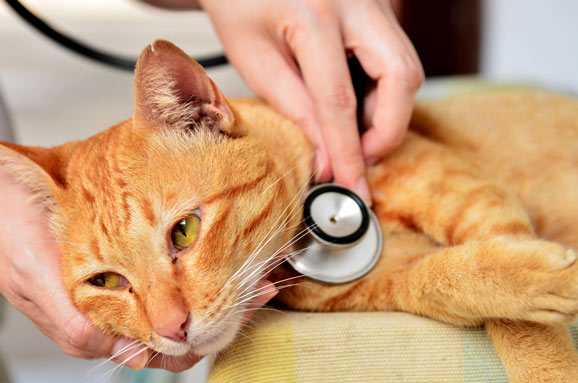
Penicillin is a general antibiotic, which has a restricted activity range. Various kinds of bacteria have now acquired resistance to this particular type of drug. This is usually the reason why all veterinarians recommend penicillin when they are sure about the fact that the respective drug will be able to provide a valid outcome when it is combined with other medicines or drugs or against any particular infection or disease.
Combined with its low side effect and extensive spectrum activity profile, penicillin is an excellent choice when it comes to the treatment of respiratory, ear, urinary tract, soft tissue, and certain kinds of skin infections in cats.
The drug is commonly administered into cats through injections; certain kinds are injected into a muscle or under the skin, while a few others are directly injected into the veins. What penicillin actually does is interrupts the cell walls of the respective bacteria in concern, thereby preventing them from the production of a proper and functional cell wall immediately as they breed.
Usage:
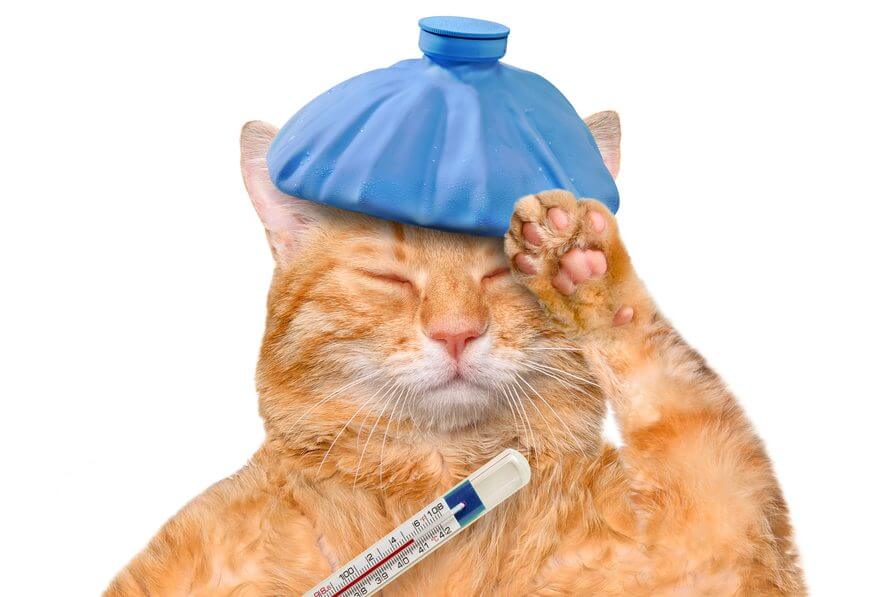
It is absolutely not necessary to go and get the penicillin drug whenever people notice something not regular about their cats. However, the frequent use of the penicillin drug is said to be highly essential by vets, all over the world. The use of the penicillin drug on cats is limited only to ear infections, soft tissue infections, skin infections, and respiratory infections.
The practice of vets handing out prescriptions to felines, even when the type of infection has not been accurately determined is a very common thing among doctors. However, if the cat is pregnant, one should think twice about administering the penicillin drug and should always take the advice of an expert in this regard.
Type of penicillin:
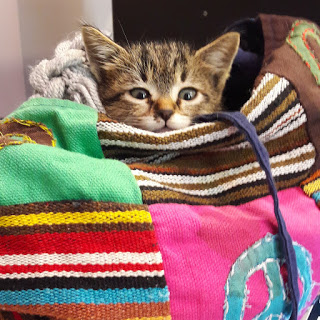
There is an extensive array of the penicillin drug which is available in the global market such as:-
- Natural penicillin – This particular type of drug is widely recommended for strep throat, meningitis, or certain other oral infections.
- Penicillinase-resistant penicillin – It usually deals with the thinner spectrum and is commonly prescribed as medicine for staph infections.
- Aminopenicillin – It is effective when it comes to obliterating gram-negative bacteria. The aminopenicillin drug works just like extended-spectrum penicillin drug, but the former has a much wider spectrum.
The options mentioned above are all entirely perfect for the purpose of treating various kinds of infections in cats, but the latest type of penicillin (which is called amoxicillin) clearly stands apart from its fellow contemporaries. This is because of the fact that amoxicillin has natural acid resistance. This fact becomes quite evident that it is not essential to take our cats for daily shots from the veterinarian. Orally one shot at a time at home is perfectly alright in this regard.
Penicillin dosage:
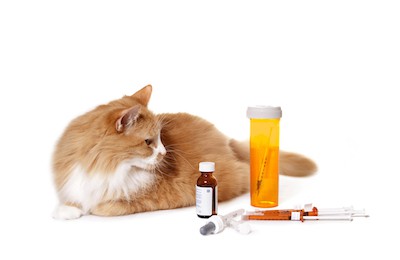
Now we come to the critical part of this topic. There are several factors that need to be considered, such as the weight and age of the cat, the specific type, and the severity of the infection being treated.
Suppose, for instance, if the weight of a particular cat is 9.9 pounds, then the size of the penicillin tablet that needs to be administered to the cat must not be more than ½-1. For cats that weigh more than 4.96 pounds, only a ½ size penicillin tablet is needed. In spite of the information given about the correct dosages, people should always take the advice of their veterinarians before administering drugs like penicillin to their cats.
For cats, the usual dosage of the penicillin G drug varies from 10,000 – 25,000 units per pound. This is the equivalent of 20,000 – 50,000 units per kg. The drug must be taken about 2 to 6 times per day.
Ideally speaking, cats are capable of taking the full course of the penicillin drug for almost a week, even when the symptoms have already subsided.
Side effects:
These are the certain side effects, which people need to look out for in their pet cats after having administered the penicillin drug properly:
- Diarrhea
- Vomiting
- Itchiness
- Facial swelling
- Loss of appetite
- Difficulty breathing
- Joint pains
- Damage to the liver or kidneys
- Hives and other forms of skin rashes
Anaphylaxis (severe allergic reaction) and gastrointestinal upset are probably the most serious and alarming side effects. In order to avoid the occurrence of such side effects, it is highly advisable that the drugs should be administered during meal times only.
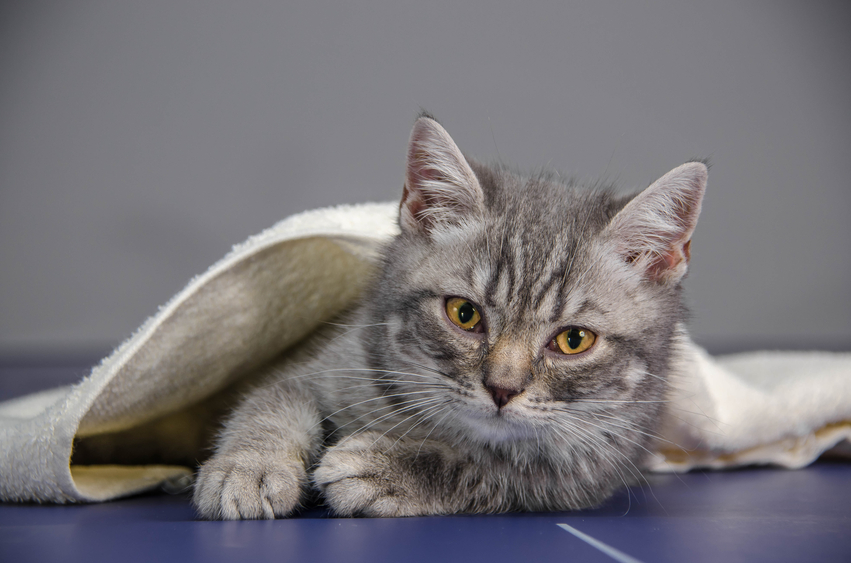
How to administer the penicillin drug:
Before starting, one should always consult with the vet for proper training and advice in order to be able to properly give the medicine.
Administering tablets:
- Mixed with food items and served to cats
- Hiding the pills in wet food items or semi-wet food areas, where the liquid penicillin drug blends in the dry treats.
Administering liquid penicillin:
- The food items should be way beyond the pill proportion size in order to lure the cat towards eating it.
- Also mixed with food items and then served.
Conclusion:
Thus, it can be clearly said that the penicillin drug can be used for almost any cat and for almost anything. However, people should never overlook the professional opinion or advice of experts while giving penicillin drugs to their cats.
